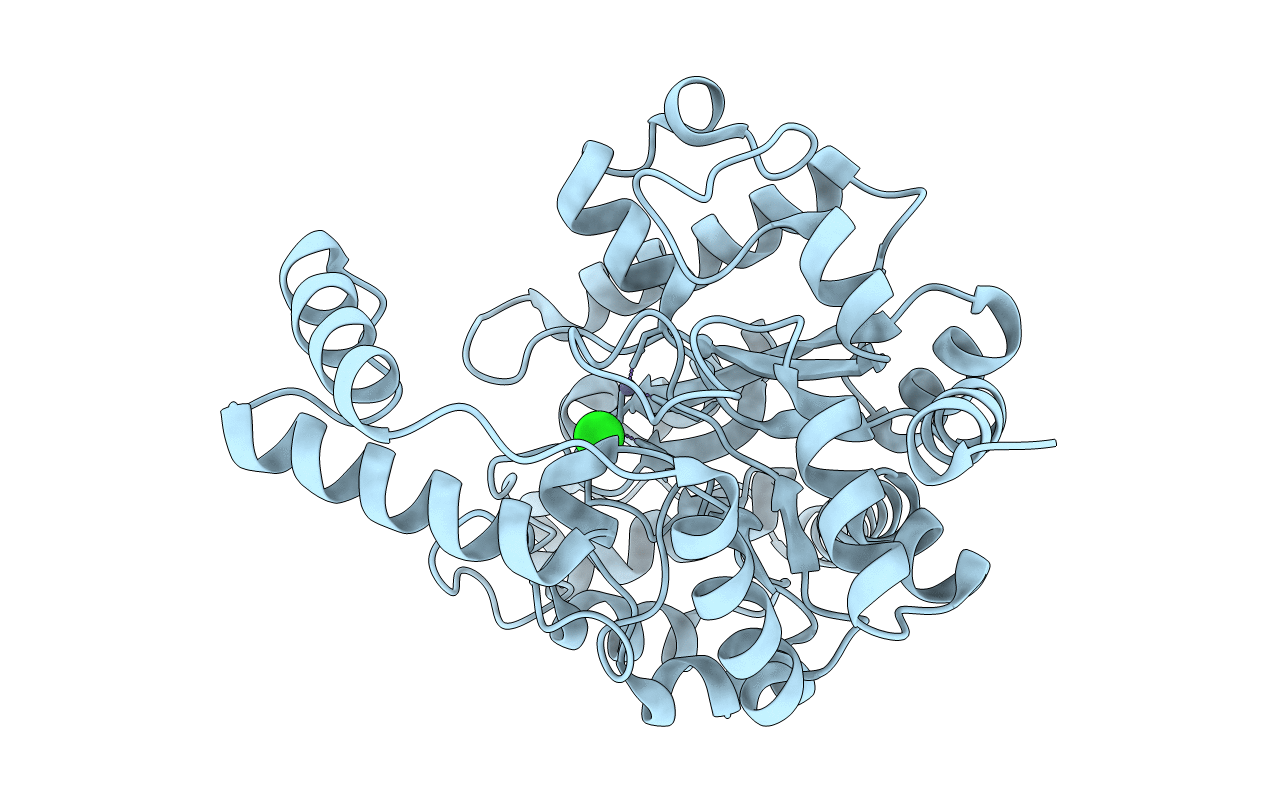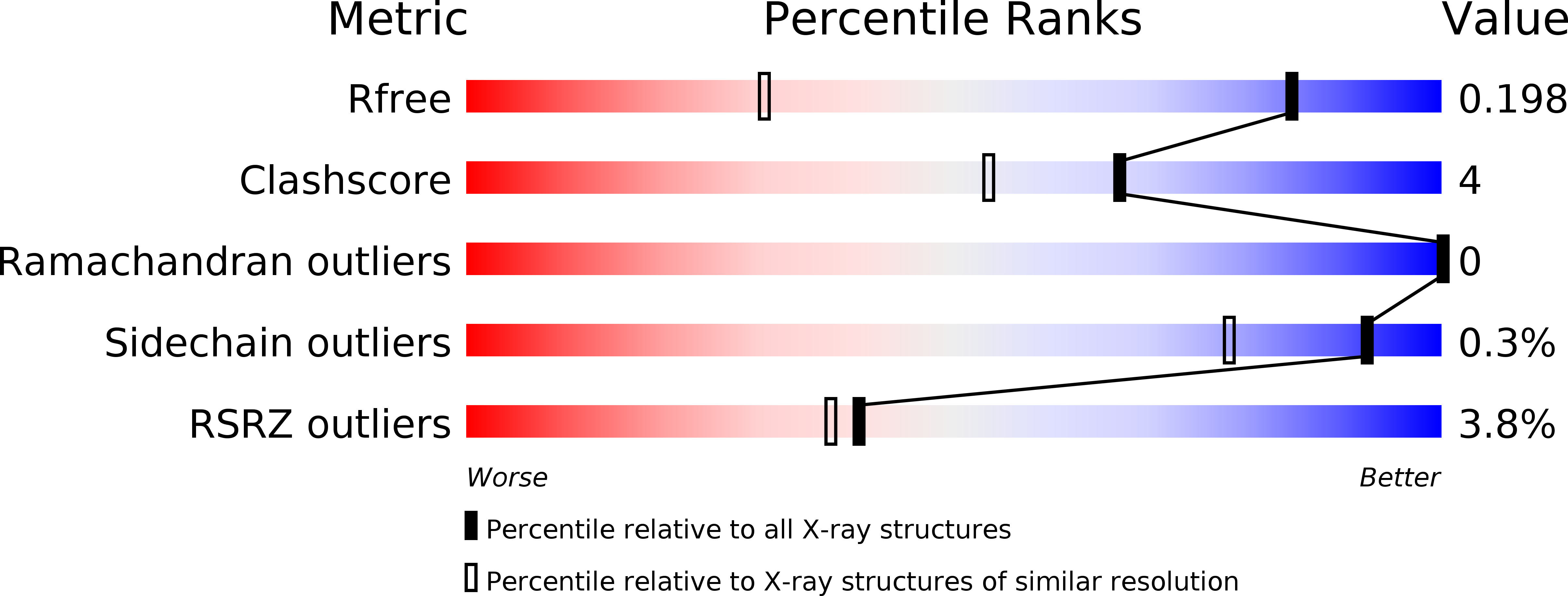
Deposition Date
2009-07-20
Release Date
2010-01-12
Last Version Date
2024-02-21
Entry Detail
PDB ID:
3ID7
Keywords:
Title:
Crystal structure of renal dipeptidase from Streptomyces coelicolor A3(2)
Biological Source:
Source Organism:
Streptomyces coelicolor (Taxon ID: 1902)
Host Organism:
Method Details:
Experimental Method:
Resolution:
1.30 Å
R-Value Free:
0.19
R-Value Work:
0.18
R-Value Observed:
0.18
Space Group:
P 31 2 1


